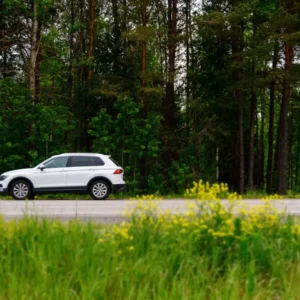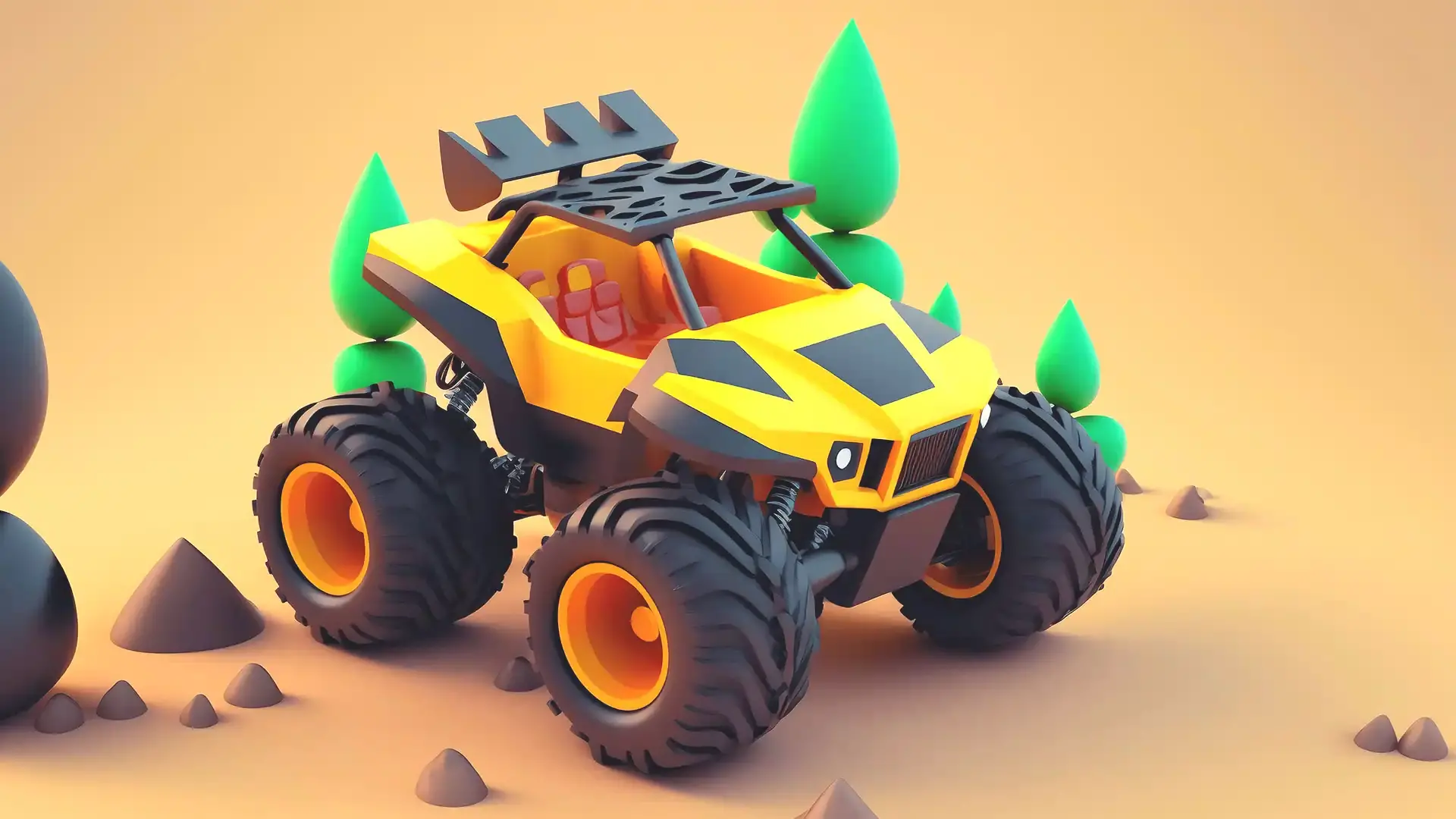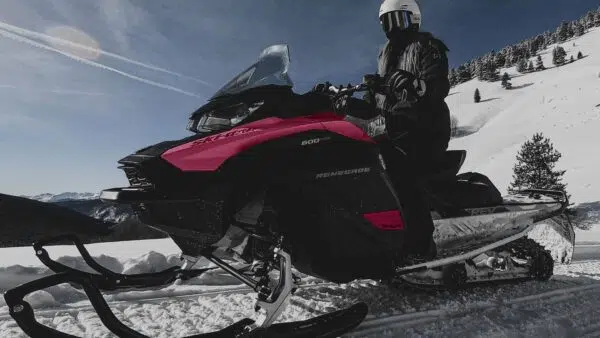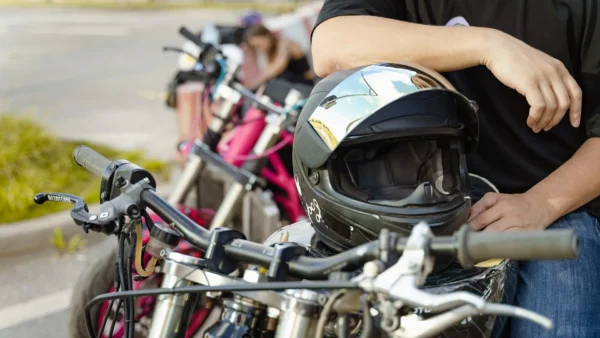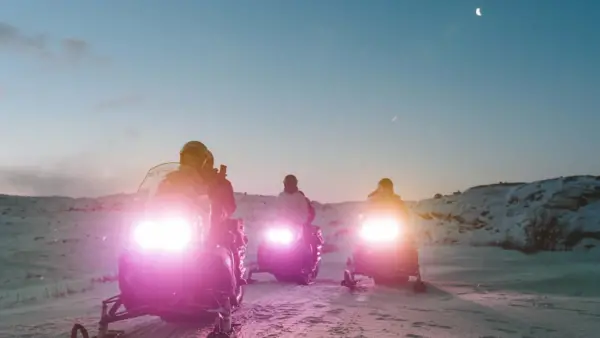Before heading out on an ATV journey, it’s important to make sure you have everything you need for a safe and enjoyable ride. Dress appropriately, have your documentation in order, and make sure to have some key items in case you get lost, stuck or hurt.
ATVing can be a whole lot of fun for the whole family. But like they say, if you fail to plan, plan to fail. It’s important to think ahead and pack the right gear, especially for longer rides or when exploring unfamiliar trails. We’ve put together a pretty comprehensive list of stuff you should bring with you.
The basics
Any time you’re on an ATV, you need to have these essentials:
- A valid license plate, visible from the rear of the vehicle
- A trail permit sticker for the trails you’re traveling, visible on the vehicle
- An approved helmet, worn on your headwith the chin strap buckled
- Goggles, unless your helmet has a visor
- A chest protector
- Long pants and a long sleeve shirt
- Gloves
- Boots or closed-toe shoes that cover your ankles
- A driver’s license if you’re 16+
- If you’re under 16, ID that proves it
- Proof of your ATV’s registration and insurance
Some of those recommendations for protective gear may seem excessive, but you really don’t want any exposed skin while riding off road. Even the best-groomed trails will have overhanging branches, someone ahead of you could kick up rocks and debris, and God forbid, if you fall off your quad, even at low speed, you’ll be glad to have a helmet and chest protector to save you from serious internal injuries.
Continuing with the basics:
- A flashlight with spare batteries
- A tow strap or rope in case someone’s ATV breaks down or gets stuck
- Your cellphone, most of which have built-in GPS that you can use even when there is no cell service (Make sure it’s charged and store it somewhere where it will be protected)
- An air pump and tire repair kit
- A first aid kit
- Enough water and food for at least a day in case you get stranded
- A day’s worth of any medications you take on a regular basis, plus an epi-pen if you have allergies
- Bug spray (Because if you stop in the bush the bugs will find you)
- A fire extinguisher
Other gear that will come in handy
If the previous section is the essentials that everyone should bring, then here’s the stuff that Bear Grylls would pack.
- A compass and a paper map that shows the trails you’re riding in case your phone dies
- A portable charger for your phone, so you don’t need to use the map
- A winch to clear a fallen tree off the trail or pull a fellow rider out of deep mud
- Jumper cables
- Extra gas
- A utility knife
- A lighter and waterproof matches
- Pliers and a flat head screwdriver
- A foldable shovel
- An emergency whistle
- Duct tape and zip ties … because you never know
Riding in the winter?
Most people do the bulk of their ATVing in the warmer months, but remember that your ATV is an all-season vehicle, and was built to handle the worst off-road conditions. If it can handle uneven trails with rocks, deep mud and other obstacles, it can certainly handle the ice and snow.
If you do choose to ride in the winter, however, you should probably prep your quad to make sure you’re not left out in the cold. Here are a few winterizing tips to consider:
- Fuel stabilizer – Before the mercury dips below zero, add fuel stabilizer to your gas tank and let the engine run for a few minutes to ensure condensation doesn’t cause your fuel line to freeze.
- Battery – The cold will drain your battery, so regardless of whether you ride in the winter or not, if you store your ATV outside, store the battery separately, somewhere warmer.
- Tires – Your regular tires probably have all the traction you need. Let a little air out of them for winter trail riding, so that more of the tire contacts the ground/snow. If you’re riding mostly on frozen waterways, you can buy studded winter tires or tires chains.
- Hand warmers – Depending on just how cold it is when you’re riding, gloves may not be enough to keep your hands warm. You can buy hand guards to block the wind, heated grips and/or hand muffs that attach to the handlebars.
Of course there’s also the question of how to keep the rest of you warm. The truth is that winter ATV gear is more or less the same as what you would wear to go snowmobiling. So before taking your quad out for a winter spin, check out our list of 25 (or so…) Things You’ll Need Before You Go Snowmobiling.
OK, you’ve got all your stuff. What else is there?
Probably the most important thing you need before going ATVing is a level head, so you can always make good decisions that will keep you safe. For example:
- Take an ATV safety course
- Only ride on designated trails (Snowmobile trails are not for ATVs)
- Don’t drink or use cannabis when riding
- Watch your speed – limits for ATVs on roads are lower than for other vehicles
- If the posted speed limit is over 50 km/h, ATVs can go 50 km/h
- If the posted speed limit is 50 or less, ATVs are limited to 20 km/h
- On trails, you’re supposed to ride according to the conditions, but don’t make the mistake of thinking you can go as fast as you want – you can get a ticket
- Ride with a buddy
- Let someone know where you’re going
- Stay off the road except to cross, and only cross roads if you have a driver’s license
So about that ATV insurance…
Insurance for your ATV starts around $300 a year. We’ve got dozens of companies that would love to insure your quad, whether it be a standalone policy, or if you want to max out your savings by bundling your home, auto and ATV insurance. There are lots of options that we’d be happy to walk you through. Give us a call today, and we’ll get you ready to ride!
Looking for ATV insurance?
Speak with a Mitch Insurance broker today to get a quote on Ontario ATV insurance. Learn more >
Call now
1-800-731-2228


